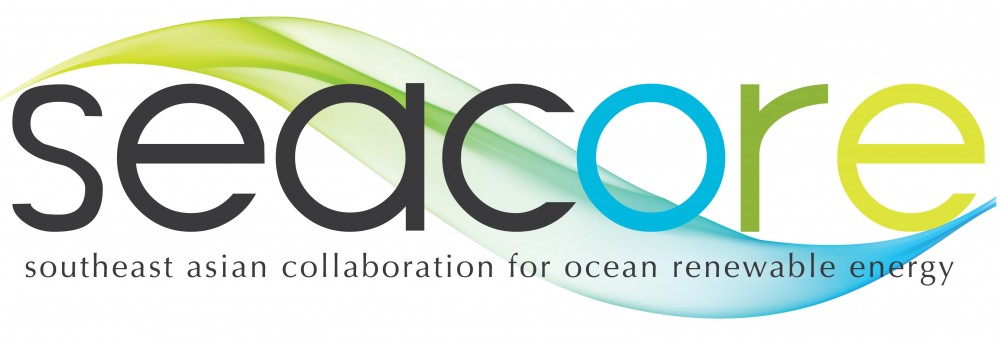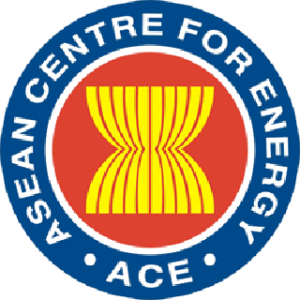 Southeast Asian Collaboration for Ocean Renewable Energy: Second Annual Meeting Report 2014
Southeast Asian Collaboration for Ocean Renewable Energy: Second Annual Meeting Report 2014
SEAcORE Annual Meeting 2014
The second annual meeting for the SEAcORE Network happened last October 30, 2014 in Research Techno Plaza, NTU Campus. Six representative countries were present during the meeting:
- Brunei: Dr. Chee Ming Lim, University of Brunei Darussalam
- Malaysia: Prof Omar Yaakob, Universiti Teknologi Malaysia and Ms. Lim Khimyan, Universiti Tunku Abdul Rahman
- Myanmar: Mr, Htun Naing Aung, Mynamar Industry Association
- Philippines: Dr. Louis Danao, Marianne Eleonor Catanyag and Francis Corpuz, University of the Philippines
- Singapore: Dr. Srikanth Narasimalu, Dr. Michael Abundo, Ms. Mary Ann Quirapas, Mr. Ly Duy Khiem and Mr. Htet Lin, ERI@N
- Thailand: Dr. Duangrudee Kositgittiwong, King Mongkut University of Technology Thonburi
The meeting was preceded by a workshop led by Ms. Desiree Latimer, Director of Energy Island Bell-Pirie Ltd and also an experienced project developer specifically on OTEC technologies in the Philippines.
The focus of her talk was on the strategies on effective project development point of view specifically on ocean renewable energy in the region. She took the case of the 10 MW OTEC plant in Zambales, Philippines. Some of the key take-away points from her presentations were the importance of building a good and convincing business case and model and financial which shows the developer’s both wide and in-depth knowledge of the market (OTEC and electricity markets) in the country and how different players in the market could be integrated in one plan that would be beneficial to producers, developers and consumers A developer should also be aware of the existing policies and roadmaps that could support the business case. In the case of the Philippines, there is tight power supply and the government has placed a renewable energy target of 15, 304 MW by 2030. An ocean renewable energy roadmap and incentives (fiscal and non-fiscal) have also been put in place by the Department of Energy. All such activities should be seen as opportunities from project development perspective.
Second lesson is to prepare counter arguments on common perception about the technology that could hinder project development. For the Zambales case, two arguments were presented – 1) 10 MW OTEC is not competitive and 2) there is a high upfront cost for OTEC. These two could be argued otherwise when statistics spot market prices off-grid true generation costs are presented and to prove that fossil fuels cost are considerably more beyond their initial project cost.
After the talk, each representative had updated on the current status of ocean renewable energy for their country. Notably, there are increasing number of ORE studies and activities in each country. The Secretariat team also updated the group of the different SEAcORE activities done this year. To name few are: SEAcORE being the technical working group of the ASEAN Centre for Energy, SEAcORE Website and the signed MoUs among the members as start of project collaboration. Asian Wave and Tidal Energy Conference (AWTEC) is also announced to be happening in Singapore in 2016 and this is seen to be one of the major events of SEAcORE. As for the next action steps for SEAcORE, different RCAs would be signed to kick-start the research projects on ocean renewables in the region.
The next annual meeting is scheduled on October of 2015 during the Singapore International Energy Week 2015 (SIEW) under the Asia Clean Energy Summit (ACES).


ASEAN Centre for Energy through Executive Director, Dr. Sanjayan Velautham had officially recognized the efforts done by the SEAcORE network in increasing the uptake of ORE in SEA — making it as the ACE’s technical working group on offshore renewable energy in the region. #

You must be logged in to post a comment.